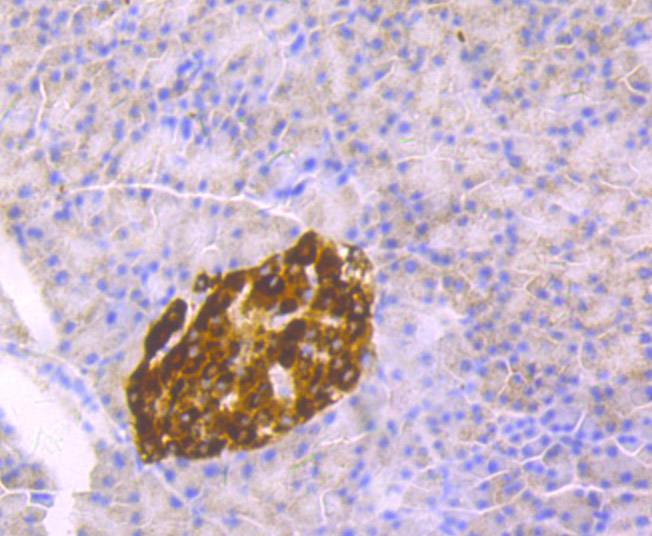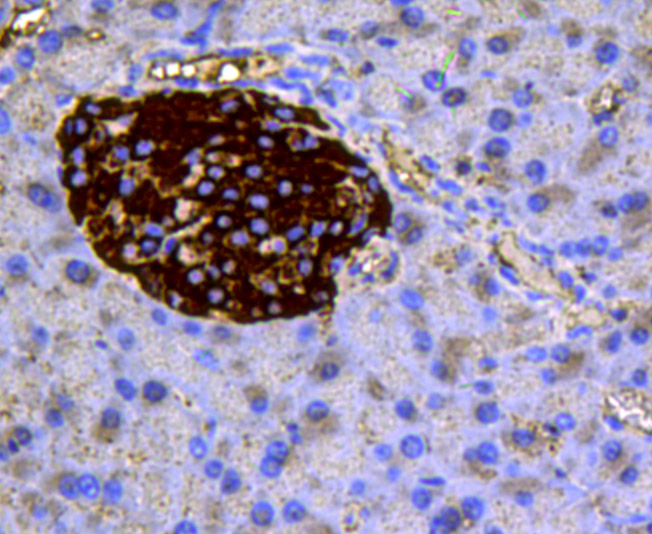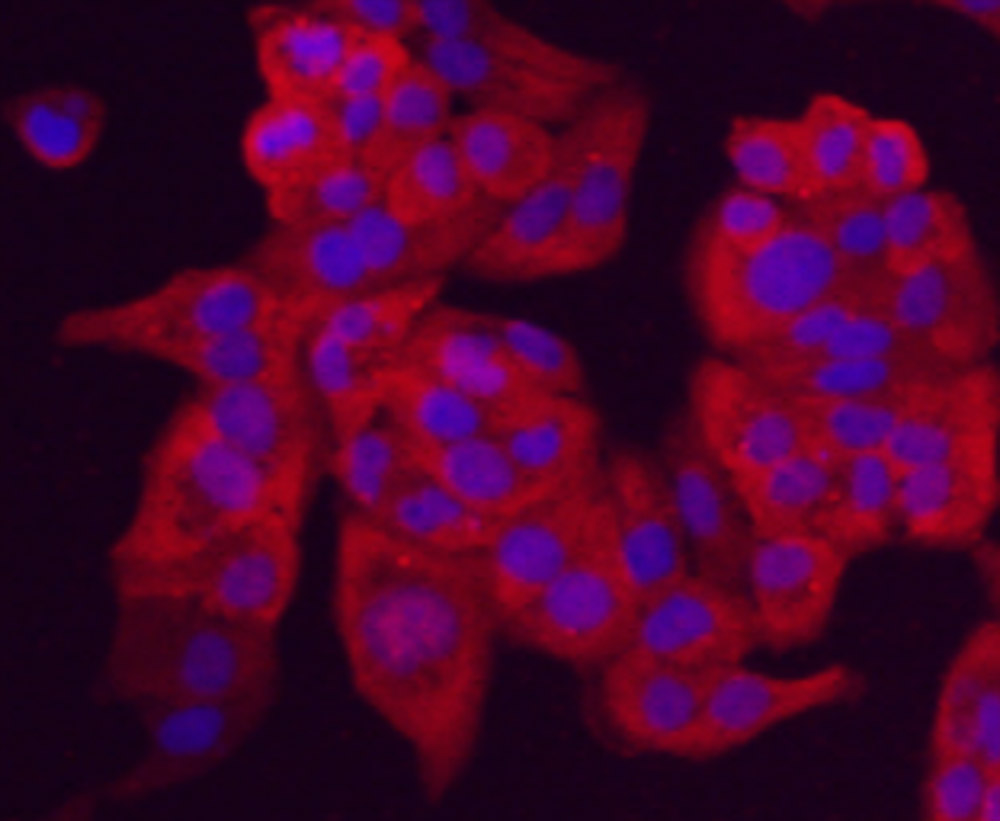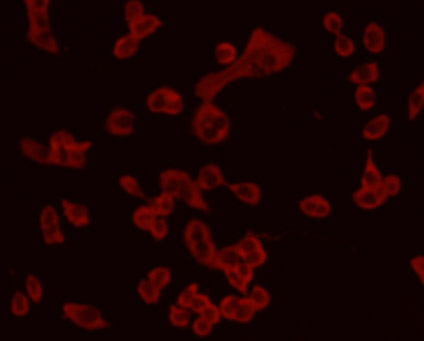Chromogranins (secretogranins) are acidic glycoproteins that localize within secretory granules of endocrine, neuroendocrine and neuronal tissue. Family members include chromogranin A (Chr-A), chromogranin B (Chr-B, also known as secretogranin I) chromogranin C (also known as secretogranin II or Sg II), secretogranin III (Sg III or SCG3). High levels of Chr-A expression is a characteristic of neuroendocrine tumors. Pancreastatin is a peptide derived from Chr-A which inhibits insulin secretion, exocrine pancreatic secretion and gastric acid secretion. Pancreastatin exists as two forms; the major form is expressed in stomach and colon extracts. In neuroendocrine cells the level Sg II has been shown to increase four-fold in response to histamine, while levels of Chr-A and Chr-B showed little or no increase. Sg III is an acidic secretory protein expressed in neuronal and endocrine cells. In the anterior lobe of the rat pituitary gland, Sg III is present in mammotropes and thyrotropes, moderately in gonadotropes and corticotropes, though not in somatotropes. Sg III and carboxypeptidase E (CPE) bind specifically to cholesterol-rich secretory granule (SG) membranes.







